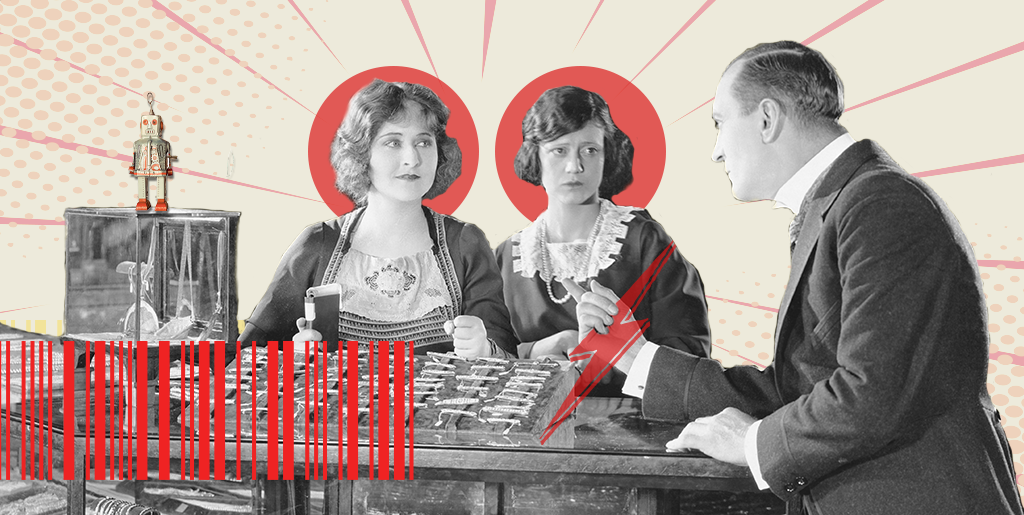
10 ways to transform your business this year
Has there ever been a better time to be a D2C brand? Digital opportunity abounds, and this is our take on the top ten things any ecommerce brand should take to heart this year.



Do you know the difference between an ecommerce and a D2C brand? Little fuzzy? This post is for you. (Spoiler: We’re partial to D2C… you’ll see why.)
Ecommerce is defined as “the activity of buying or selling products on online services or the internet.” But, there’s often confusion as to how ecommerce and D2C brands differ. Knowing that difference could make or break your brand.
Direct-to-Consumer (D2C) brands are not strictly ecommerce brands. They utilize an ecommerce business model (often among other things) to leverage their brand, and oftentimes, come out on top.
To know the difference, and to know whether or not you’re optimizing your use of a D2C or ecommerce model, you have to know what makes up each.
For now, let’s talk about ecommerce.
The advantages of ecommerce are immense, the primary benefit being the capability of reaching a global market. More importantly though, it’s reaching a global market with a much smaller financial investment. A very evident plus to ecommerce is that there are hardly any limits as to who it can reach since it’s completely digital. As a result, not only can brands use suppliers from anywhere, but a larger audience is reached.

There are several types of ecommerce. From social ecommerce to local ecommerce, the marketing strategies are vast. Here are some of the most popular forms of ecommerce.
B2B (Business to Business)
Transactions between businesses, rather than between a company and individual consumers. This model often involves a manufacturer, a wholesaler, and a retailer. Traditional commerce wholesalers typically use this type of electronic commerce.
B2C (Business to Consumer)
The process of sourcing products from retailers and selling to the end users or final consumers of the product or service. This business model increased in popularity during the dotcom era. Amazon is the most standout example here.
C2C (Consumer to Consumer)
C2C directs commerce between private individuals. This form of ecommerce connects people who do business with one another. Typically, this is conducted through a third party, where transactions are carried out through the provided online platform. Apps like LetGo and OfferUp are perfect examples of a C2C model.
C2B (Consumer to Business)
A C2B model is any individual who has something to offer or sell, whether it is a product or service. This model typically involves three elements: an individual (or consumer) acting as a seller, a business (positioned as a buyer) and a middleman who deals with connecting the two. In other words, an individual or even a large number of individuals make their service or product available for purchase for companies/businesses who are looking specifically for that service or product. So, it’s like a reverse way of how goods and products are typically exchanged.
D2C (Direct to Consumer)
Selling and marketing directly to your consumer creates a world of opportunity for connection, value, and more. And if you’ve been tuned in long enough, you’ll know we’re all about that D2C relationship. Read up on 5 things the brands of tomorrow have in common, or check out our case studies to see what we’ve done for brands who prioritize the customer relationship.
Tell us: Which form of ecommerce does your brand use to market your goods or services?
VOLTAGE is a digital agency specializing in eCommerce, digital brand experiences, and web apps. Get emails and insights from our team:

Has there ever been a better time to be a D2C brand? Digital opportunity abounds, and this is our take on the top ten things any ecommerce brand should take to heart this year.

Inspiration is all around. But it takes practice and intentionality to turn what goes in into truly transforming work. Here’s how the VOLTAGE team takes time to stay on top of design trends, marketing strategy, and future commerce. Plus some links to 2020 trend forecasts.